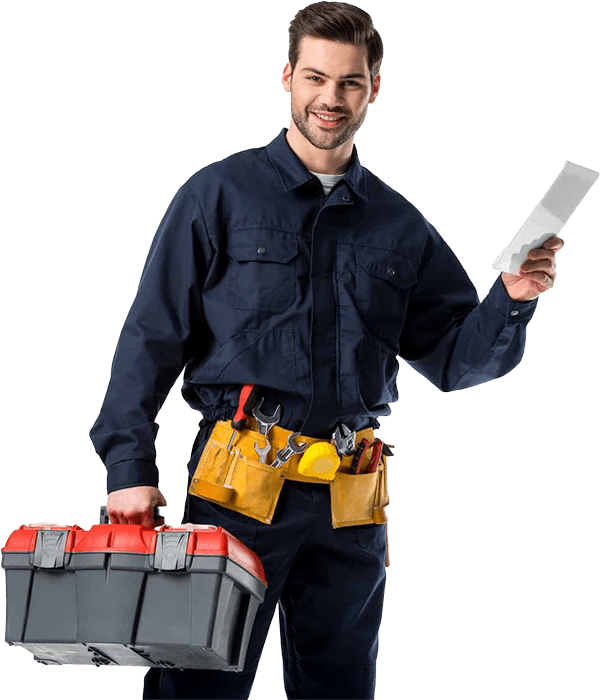Ice makers are a convenient addition to modern kitchens, providing a steady supply of ice for drinks, cooking, and other needs. However, it can be frustrating when your ice maker isn’t producing ice quickly enough. This article explores the common reasons for slow ice production and offers solutions to get your ice maker back on track.
Understanding How an Ice Maker Works
Basic Components of an Ice Maker
An ice maker consists of several key components that work together to produce ice. These include:
Water Inlet Valve: Controls the flow of water into the ice maker.
Ice Mold: Where water is frozen into ice cubes.
Thermostat: Monitors the temperature and signals when ice is ready.
Motor: Ejects ice cubes from the mold.
Typical Ice Production Cycle
The ice production cycle involves several steps:
1. Water Filling: The water inlet valve opens to fill the ice mold.
2. Freezing: Water is frozen into ice cubes.
3. Ejection: The motor rotates to eject the ice cubes into the bin.
4. Repeat: The cycle repeats until the bin is full.
Under normal conditions, a complete cycle typically takes 1-2 hours.
Common Reasons for Slow Ice Production
Temperature Settings
The temperature of your freezer plays a crucial role in ice production. If the freezer is too warm, ice will take longer to form. For optimal performance, set your freezer to 0°F (-18°C).
Water Supply Issues
Proper water supply is essential for efficient ice making. Common issues include:
Low Water Pressure: Can slow down the filling process.
Clogs or Leaks: Disrupt the flow of water to the ice maker.
Dirty or Clogged Filters
Filters remove impurities from the water before it reaches the ice maker. Over time, these filters can become dirty or clogged, reducing water flow and slowing ice production. Clean or replace filters every six months.
Ice Maker Size and Capacity
Different ice makers have varying capacities. If you frequently use a lot of ice, your ice maker might be struggling to keep up. Consider the size and capacity of your ice maker in relation to your needs.
Mechanical Problems
Mechanical issues such as faulty motors, broken thermostats, or damaged ice molds can significantly slow down ice production. These problems often require professional repair.
Troubleshooting Slow Ice Makers
Checking and Adjusting Temperature Settings
1. Locate the Freezer Thermostat: Usually found inside the freezer compartment.
2. Adjust the Temperature: Set to 0°F (-18°C) for optimal ice production.
3. Monitor Performance: Check if ice production improves over the next 24 hours.
Ensuring Proper Water Supply
1. Check Water Line Connections: Ensure they are secure and free from leaks.
2. Test Water Pressure: Should be between 40-120 psi. Low pressure may need a plumber’s attention.
3. Unclog Water Lines: Use a water line cleaner if necessary.
Cleaning and Replacing Filters
1. Locate the Filter: Refer to your ice maker’s manual.
2. Remove and Clean the Filter: Use warm water and mild detergent.
3. Replace the Filter: Follow the manufacturer’s guidelines for replacement.
Identifying and Fixing Mechanical Issues
1. Listen for Strange Noises: Unusual sounds can indicate mechanical problems.
2. Inspect for Visible Damage: Check the ice mold and motor for wear and tear.
3. Consult a Professional: For significant issues, it’s best to call a repair technician.
Preventative Maintenance for Optimal Ice Maker Performance
Regular Cleaning Schedule
Clean your ice maker every three months:
1. Turn Off the Ice Maker: Unplug or switch off the power.
2. Remove and Clean Parts: Use warm water and a soft cloth.
3. Sanitize the Ice Mold: Prevents mold and bacterial growth.
Routine Inspections
Conduct monthly inspections:
1. Check for Leaks: Inspect water lines and connections.
2. Look for Ice Build-Up: Remove any excess ice that could block production.
Professional Maintenance Services
Consider scheduling professional maintenance annually:
Thorough Inspection: Technicians can identify and fix potential issues early.
Professional Cleaning: Ensures all components are in optimal condition.
When to Consider Replacing Your Ice Maker
Age and Efficiency Considerations
Ice makers typically last around 10 years. Signs it might be time for a replacement include:
Consistent Slow Performance: Despite troubleshooting and repairs.
Frequent Breakdowns: Multiple repair visits over a short period.
Cost-Benefit Analysis
Weigh the costs:
Repair Costs: Frequent repairs can add up.
Replacement Costs: Investing in a new, energy-efficient model can save money in the long run.
Slow ice production can be a hassle, but understanding the underlying causes and implementing regular maintenance can keep your ice maker running smoothly. By checking temperature settings, ensuring proper water supply, cleaning filters, and addressing mechanical issues, you can improve ice production. Regular maintenance and timely troubleshooting are crucial for a well-functioning ice maker. If you’ve tried all the suggested solutions and your ice maker is still underperforming, it might be time to consider a replacement. Taking these steps will ensure you always have a reliable supply of ice, making your kitchen experience more enjoyable. For professional help, don’t hesitate to contact a certified technician to keep your ice maker in top shape.



